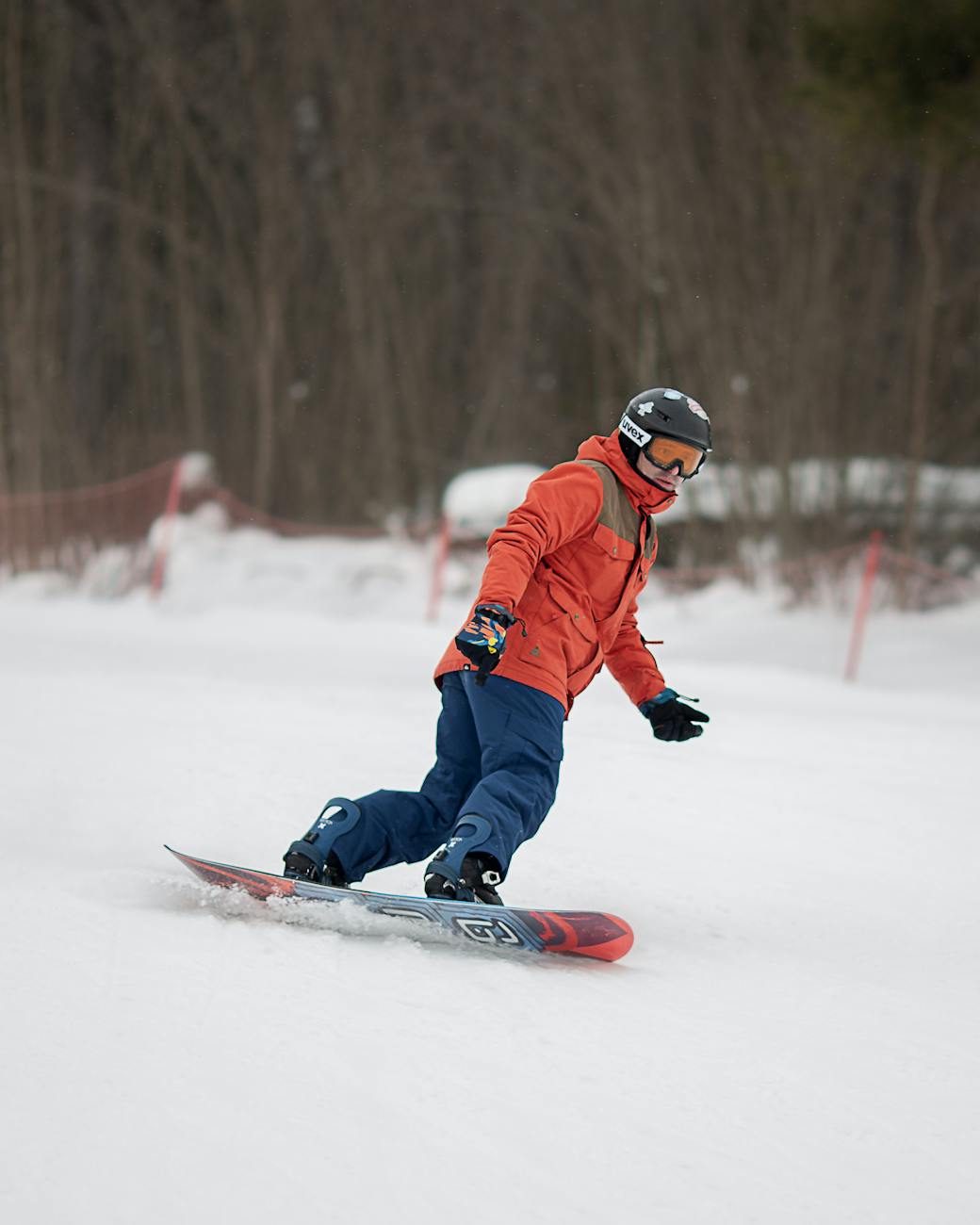Table of Contents
Introduction
Snowboarding is an exhilarating sport that combines speed, balance, and a dash of daring. However, what if your fitness level is the invisible barrier keeping you from reaching your full potential on the slopes? It’s an intriguing thought, yet many riders overlook this vital aspect. By enhancing your physical conditioning, you not only improve your performance but also increase your enjoyment of the sport. This blog post delves into the profound connection between fitness and snowboarding, providing insights on how you can break free from limitations, allowing for an exciting adventure on the mountain.
From strength training to flexibility, this post will guide you through various fitness elements that can lead to a more thrilling snowboarding experience. Through careful assessment and actionable recommendations, you’ll discover fresh strategies to enhance your skills, ensuring that your next ride is not just another day on the slopes, but a remarkable journey of personal growth and achievement.
Why Fitness is Crucial for Snowboarding
Physical fitness plays a pivotal role in your snowboarding journey. It serves as the foundation for enhancing various skills that directly affect your performance. Strength, endurance, balance, and agility are not just buzzwords—they are the pillars of successful snowboarding. Consider this: when you possess a solid fitness level, you can seamlessly navigate challenging terrains and perform tricks with greater ease and confidence.
Imagine barreling down a snow-covered slope, executing that perfect carve. You’re not merely relying on your skills acquired from practice; instead, your body is as finely tuned as your board. A strong core empowers you to maintain your balance while transitioning between different terrains. Enhanced cardiovascular fitness allows you to tackle those thrilling backcountry adventures without succumbing to fatigue after a few runs. Elevating your fitness level undeniably enhances your overall snowboarding experience, opening doors to new realms of possibility.
Assessing Your Current Fitness Level
Understanding your current fitness level is the first step to improvement. Consider evaluating your strength, flexibility, endurance, and balance through basic exercises like squats, planks, and jumping jacks. It may seem simple, but this self-assessment reveals critical insights into areas that could benefit from targeted training.
For instance, test your squat depth and form; are you able to perform them with ease? Next, evaluate your balance by standing on one foot for as long as possible. These assessments not only pinpoint your weaknesses but also help set realistic goals for improvement. After repeatedly assessing your fitness levels, you’ll be empowered to make informed decisions regarding the next stages of your training regimen, ensuring a tailored strategy that genuinely caters to your needs.
Training Tips to Boost Your Snowboard Skills
Once you’ve assessed your fitness level, it’s time to kick your training regimen into high gear. Incorporating strength training is essential; focus on building your core, legs, and upper body. Exercises like lunges, deadlifts, and push-ups can significantly enhance your muscle strength and control, directly benefiting your snowboarding maneuvers.
Furthermore, don’t overlook cardio workouts such as running, cycling, or high-intensity interval training (HIIT). These activities build endurance, allowing your body to perform at its peak throughout the day on the slopes. Flexibility is equally important; yoga and dynamic stretching should find their way into your routine, ensuring your body can move fluidly as it twists and turns. Embracing a well-rounded training program can elevate your snowboarding experience to whole new heights.
Common Fitness Mistakes to Avoid
Embarking on a fitness journey can lead to pitfalls if you’re not careful. One prevalent mistake is neglecting cross-training. Many snowboarders focus solely on exercises they believe directly benefit their sport, but ignoring other forms can limit overall progress. It’s crucial to incorporate a variety of workouts to enhance different muscle groups and develop essential skills like agility and coordination.
Another frequent error is the tendency to skip rest days. Your muscles need time to recover and rebuild stronger. Ignoring this fundamental principle leads not only to fatigue but also increases the risk of injury. Ensure you’re providing ample time for recovery alongside your training sessions to maximize your potential on the board. Knowledge is power; avoid these common mistakes and embrace a more effective approach to snowboarding fitness.
Elevate Your Performance
The journey to improved snowboarding performance begins with fitness and demands commitment and consistency. By dedicating time to maximize your physical conditioning, you open the door to new skills, techniques, and ultimately, controlled enjoyment on the slopes. Every moment spent refining your fitness translates into not only enhanced performance but also cherished memories worth reliving each winter.
As you embark on this journey, remember that progress takes time, so remain patient and focused. Your goals are within reach, and the exhilarating experience of effortlessly gliding down the mountain awaits you. Embrace the challenge, and soon enough, you’ll discover that an elevated fitness level can indeed lead to exceptional moments on the snow.
Frequently Asked Questions
How important is strength training for snowboarding?
Strength training is incredibly important as it enhances the muscular endurance and power needed for effectively maneuvering on the board.
Can I snowboard if I’m not very fit?
While you can still snowboard as a beginner, improved fitness levels will greatly enhance your performance and overall enjoyment of the sport.
What types of cardio are best for snowboarding?
Activities that build endurance alongside balance, such as cycling, running, or swimming, are superb for snowboarding enthusiasts looking to enhance their fitness quickly.
How often should I train to improve my fitness for snowboarding?
Aim for a balanced regimen of at least three to four workouts a week, combining strength, cardiovascular training, and flexibility exercises.
Can I train at home, or should I go to a gym?
Absolutely! Many effective bodyweight exercises can be performed at home, ensuring you have flexibility in your training approach to fit your schedule.
Image Credit: Pexels
